The Blue Mosque, the Ardabil Carpet, and the Taj Mahal all date to this important period.
c. 1517 - 1924 C.E.
The Blue Mosque, the Ardabil Carpet, and the Taj Mahal all date to this important period.
c. 1517 - 1924 C.E.
We're adding new content all the time!
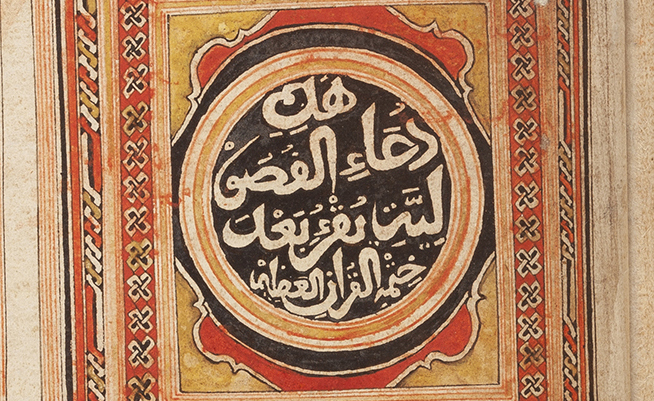
A rare example of a style of illuminated Qur’an produced in coastal East Africa on Pate Island.
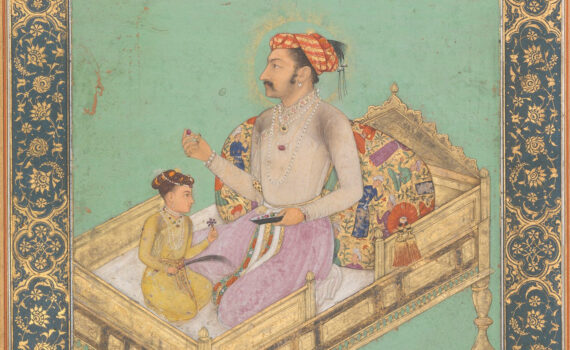
Mughal miniatures combined intellectual erudition with artistic sophistication to create objects of everlasting beauty.
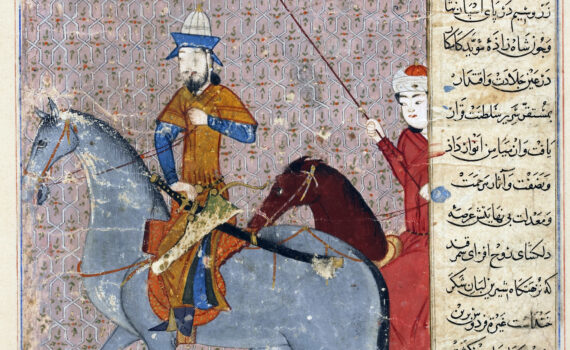
Timur's equestrian image would have been the most recognizable embodiment of his royal legacy in the Zafarnama.
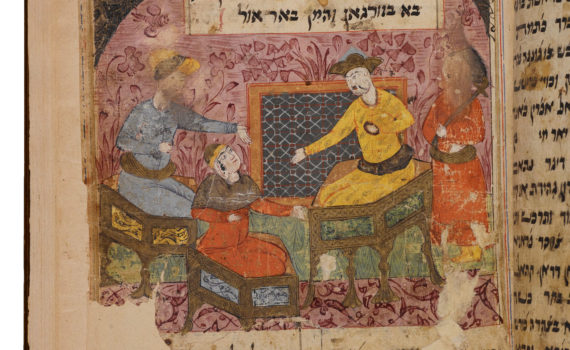
This illuminated manuscript of the Ardashirnama reveals how 17th-century Iranian Jews visually and poetically emphasized their identities as both Iranian and Jewish.
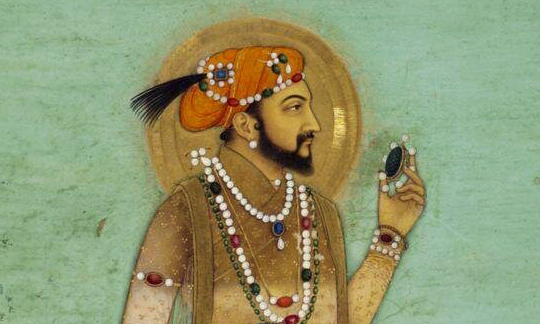
Emeralds symbolized the exotic and the rare—the perfect emblem to encapsulate the wealth and aspirations of the Mughal emperor Shah Jahan.
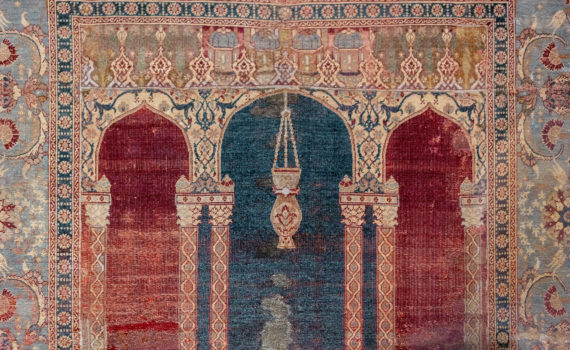
This Muslim prayer carpet shares striking visual similarities to a Jewish carpet meant to cover the Torah ark.
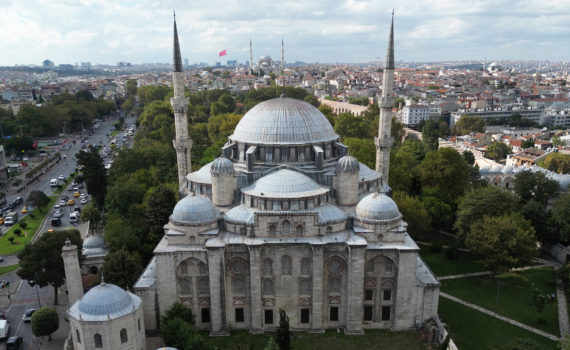
Sinan, one of the most famous architects in the Ottoman Empire, draws inspiration from the Hagia Sophia and arguably surpasses it
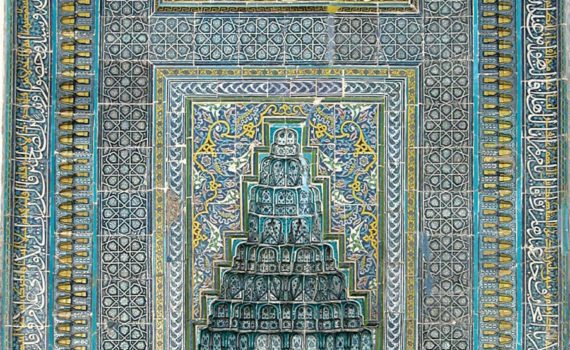
The Muradiye Mosque's interior is covered with wall paintings and colorful tiles—like a museum of fifteenth-century Ottoman architectural decoration.
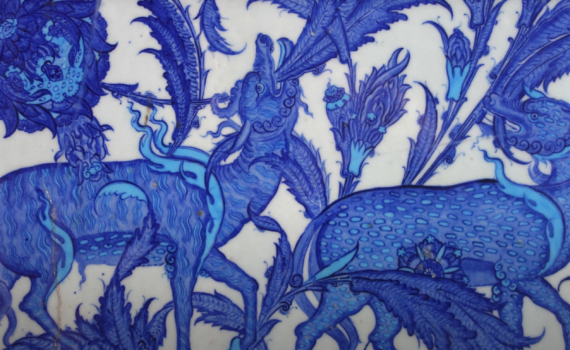
Magnificent blue-and-white tiles adorn this room in the Topkapı Palace, Istanbul.
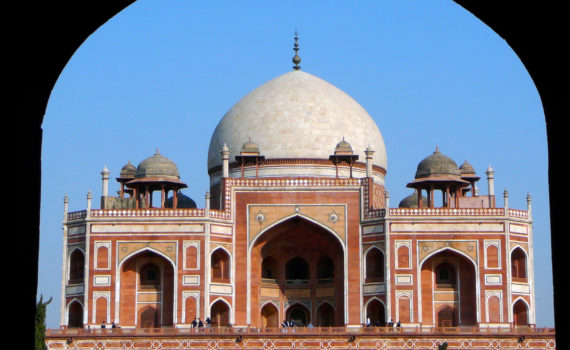
This tomb, built in 1570, is of particular cultural significance as it was the first garden-tomb on the Indian subcontinent.
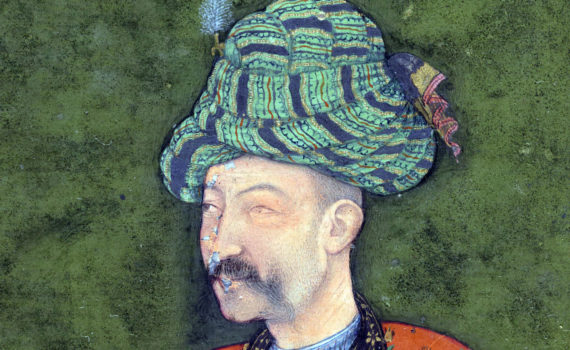
Curious about the vibrant colors in Mughal paintings? Learn about the art of imperial painting here.

The precision of the line and the attention to texture allow this drawing to stand on its own as a finished work.